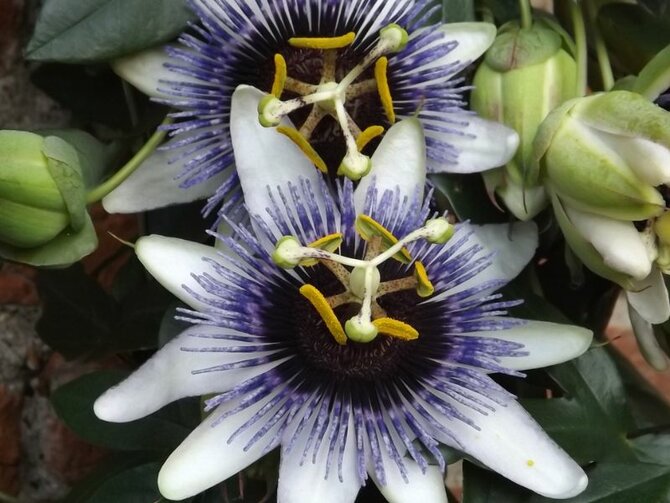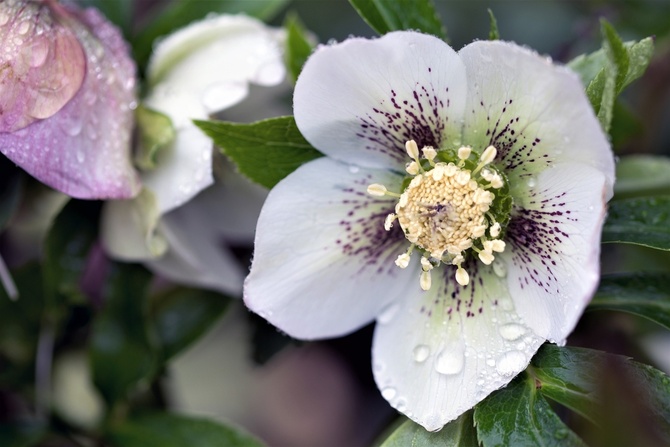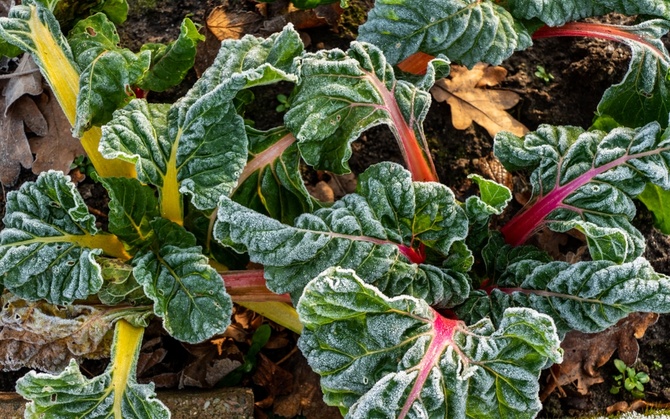
We are delighted to, in conjunction with a local nursery, be able to bring you a very special Gardeners' Club Card Exclusive this month.
The glorious blue passion flower, which retails for £14.99. is available in--store for just £8.99 to Club Card holders. So what is so special about this Queen amongst climbers and why is it so named?
Read on, and Chris Whitelock - our Resident Garden Expert, will explain.
The blue passion flower or Passifora caerulea is a spectacular plant that deserves a warm, sunny wall which it will grace with a long flowering display in summer. It is fast growing,and its tendrils will attach readily to wire or trellis supports. The flowers are quite remarkable and are followed by orange egg shaped fruits. The fruits are edible but not very tasty and should not be confused with passion fruits sold in supermarkets.
Planted now, a passion flower will soon start producing its exotic blooms until cold weather brings the floral display to and end in autumn. Do not prune the plants until spring. The plant will usually have some winter weather damage but leaving the growth unpruned will help to protect the plant.
In spring, remove all weather damaged growth and the plant will soon recover putting on strong growth. The plant is relatively pest and disease free and requires little watering once established apart from the occasional drink in periods of drought. A liquid feed with a high Potassium fertiliser such as tomato food will promote flowering and winter hardiness.
The etymology of the blue passion flower relates to its use by Spanish missionaries as a symbol for the passion (suffering) of Christ. The five petals and five sepals are the ten faithful disciples less Judas & Peter. The corona filaments are the crown of thorns. The five stamenswith anthers match the five wounds & the three stigmata, the three nails used in the crucifixion.



